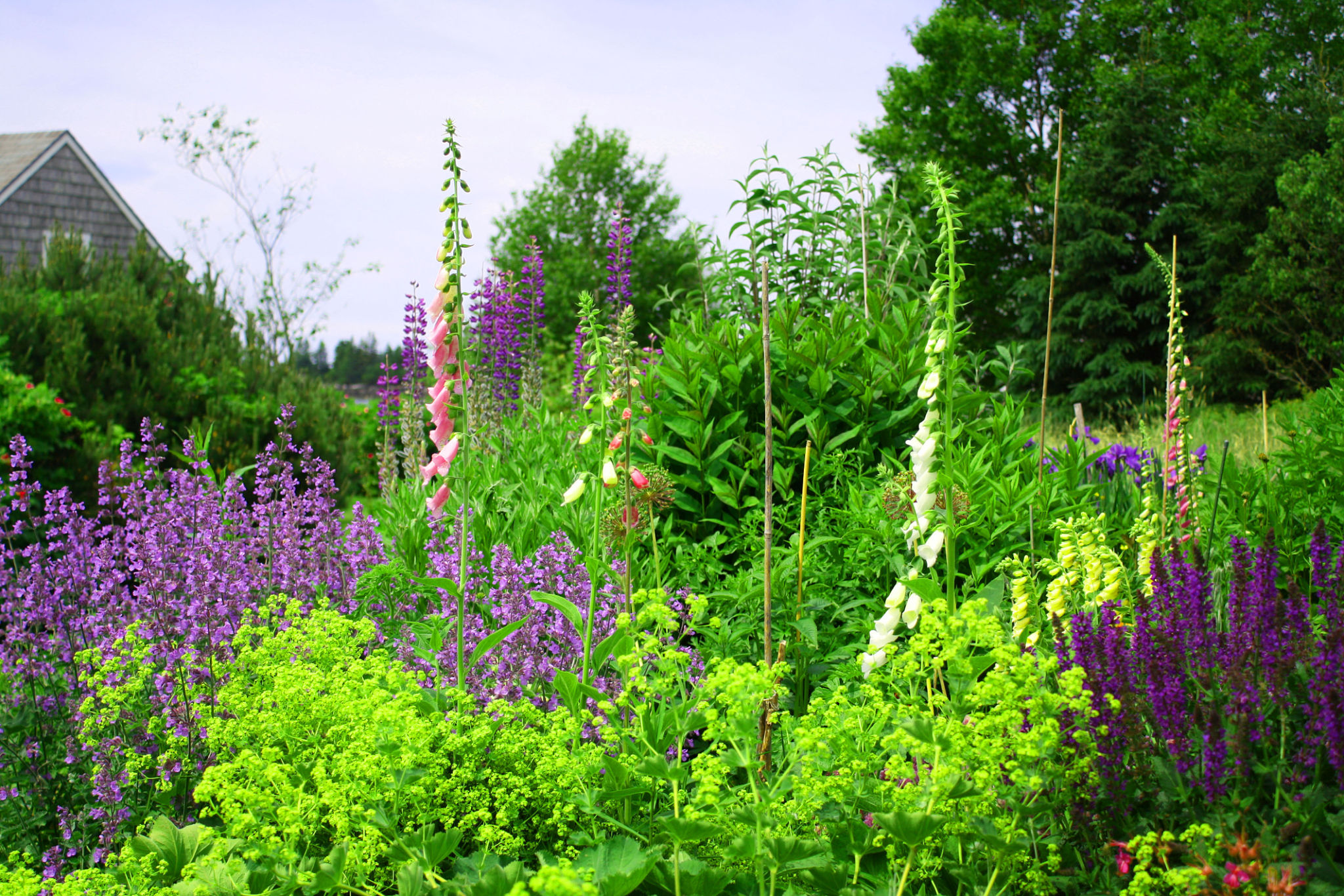Sustainable Lawn Care Practices for a Greener Tomorrow
Understanding Sustainable Lawn Care
As the world becomes increasingly aware of environmental issues, many homeowners are turning to sustainable lawn care practices. These methods not only help reduce the carbon footprint but also create healthier, more resilient lawns. By adopting sustainable practices, you can contribute to a greener tomorrow while still enjoying a lush, vibrant yard.

Soil Health: The Foundation of a Sustainable Lawn
One of the key aspects of sustainable lawn care is maintaining healthy soil. Healthy soil supports root growth, retains water, and reduces the need for chemical fertilizers. Start by testing your soil to determine its pH and nutrient levels. Based on the results, you can amend the soil with natural organic matter, such as compost, to improve its structure and fertility.
Additionally, consider aerating your lawn to alleviate soil compaction. This process allows air, water, and nutrients to penetrate the soil more easily, promoting robust root growth. Avoid over-tilling as it can disrupt soil microbes and lead to erosion.
Efficient Watering Techniques
Water conservation is a crucial component of sustainable lawn care. Overwatering not only wastes a precious resource but can also lead to unhealthy lawns by promoting shallow root growth. Instead, aim for deep, infrequent watering sessions. This encourages roots to grow deeper into the soil, making your lawn more drought-resistant.

Utilize rainwater collection systems or install smart irrigation systems to ensure efficient water usage. These systems can help you monitor and adjust water usage based on weather conditions and soil moisture levels.
Natural Pest Management
Traditional lawn care often relies on chemical pesticides that can harm beneficial insects and pollute groundwater. Sustainable practices focus on natural pest management techniques that maintain ecological balance. Encourage beneficial insects, like ladybugs and predatory beetles, to inhabit your yard by planting diverse plant species that attract these helpful creatures.
Additionally, regular mowing at the correct height can help prevent pest infestations by keeping your grass healthy and less susceptible to disease and insect attacks. When necessary, use organic or biological pest control methods as a last resort.

Reducing Chemical Use
Minimizing or eliminating the use of synthetic fertilizers and herbicides is another important step in sustainable lawn care. These chemicals can leach into waterways and harm local ecosystems. Instead, opt for natural fertilizers like compost or well-aged manure that provide nutrients without the negative side effects.
Corn gluten meal is an effective natural herbicide that can prevent weed seeds from germinating without damaging your lawn. Regularly overseeding your lawn with grass varieties suited to your climate can also help crowd out weeds naturally.
The Role of Native Plants
Incorporating native plants into your lawn and garden is a beneficial practice for sustainability. Native plants are adapted to local climate conditions and typically require less water and maintenance. They also provide habitat for local wildlife, contributing to biodiversity.
Consider replacing part of your lawn with native ground covers or integrating native plants into your landscape design. This not only enhances the beauty of your yard but also supports the overall health of the ecosystem.

The Long-term Benefits for Our Planet
By adopting sustainable lawn care practices, you're not only creating a healthier environment for your family but also contributing positively to global environmental efforts. A well-maintained sustainable lawn can improve air quality, reduce greenhouse gas emissions, and support biodiversity.
Embracing these practices ensures that future generations can enjoy green spaces while preserving natural resources. Start implementing these changes today for a greener tomorrow.